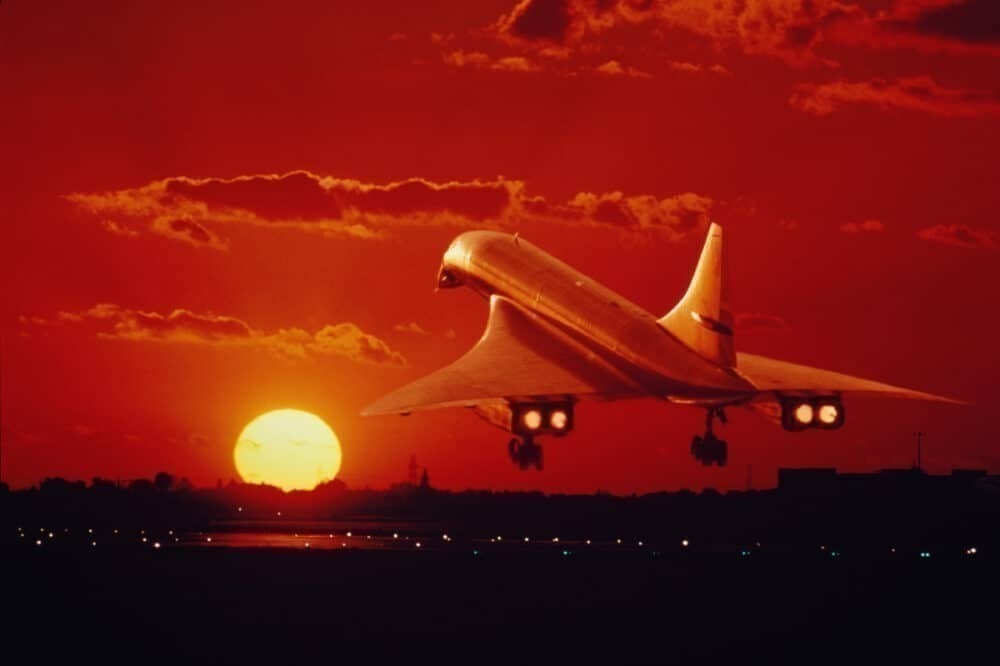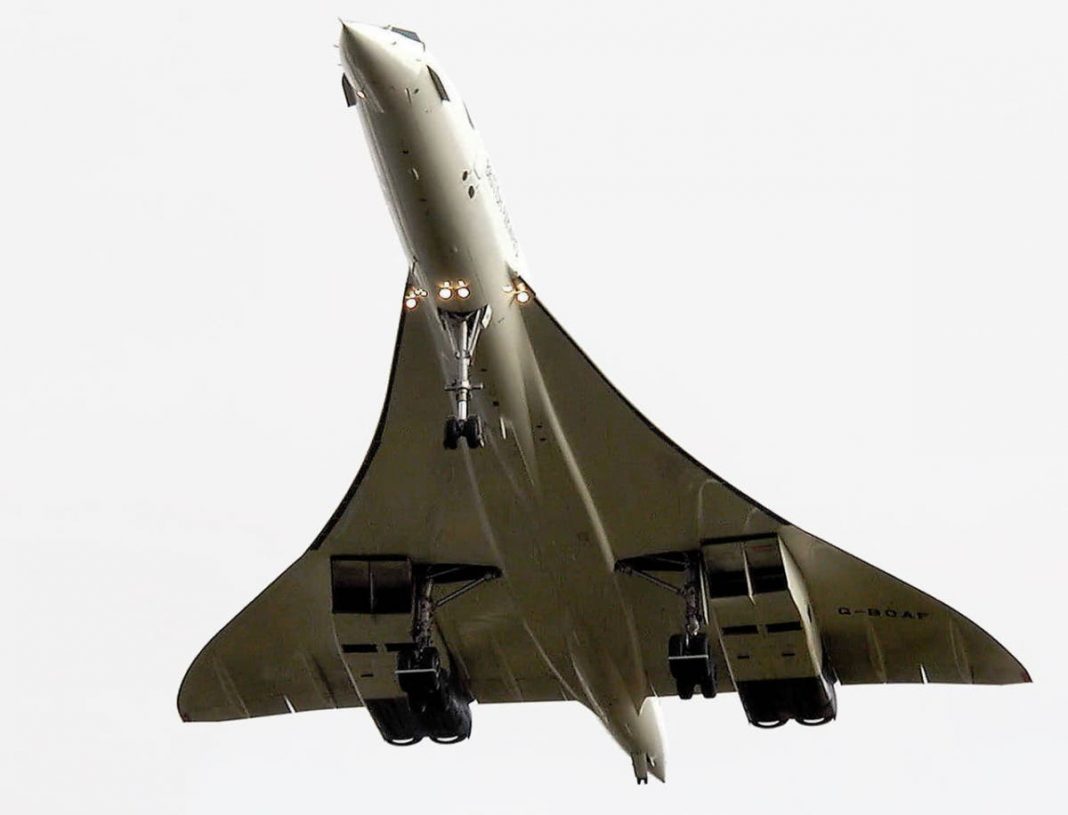You might notice something a little odd next time you look at a photo of the Concorde – there is a small dual-wheel under its tail. Why did the aircraft have this special set of tail wheels and not other planes? Let’s explore.

How many wheels does the Concorde have?
A good aviation trivia question is, how many wheels does a Concorde have? After all, is it like the Airbus A340, which has an extra set in the middle of the aircraft? Or perhaps like the A380 with many wheels bunched together?
The correct answer is twelve:
- Two wheels at the front of the aircraft
- Eight wheels under the wings
- Two wheels at the rear of the aircraft under the tail
The last two wheels are much smaller than the others and are rarely in active use. When the aircraft is taxing or parked at a gate, these rear wheels don’t touch the ground or sometimes are not even deployed!
Thus if the Concorde doesn’t use these tail wheels in the air when flying (obviously) and doesn’t use them when on the ground – why does it have them?

Why does the Concorde have tail wheels?
The correct answer is because of how the aircraft takes off. Unlike that A340 extra wheelset that is used for when the massive plane lands, the Concorde’s wheel under its tail is actually to protect the rear from what is known as a ‘tail strike.’
A tail strike is when an aircraft takes off at such a sharp angle of attack into the sky, that its tail at the rear of the plane scrapes along the runway. Many aircraft at risk of this (some aircraft are short enough that this won’t frequently occur) have either tail skids or wheels under the tail.
If an aircraft strikes its tail, it will generally return to the airport to assess for damage. Although, in some cases (like a Singapore Airlines flight from Melbourne in 2016), the flight crew can determine the aircraft’s structural integrity via sensors and, if all clear, continue to its destination.

For the Concorde, because the delta wing design needed a steep take-off and landing angle, there was an increased likelihood chance of the tail and the engines striking the runway. Thus designers built in a unique set of wheels at the back of the plane to gently protect the rear of the aircraft as it took off.
In the real world, however, this event rarely occurred, and the Concorde proceeded to have an almost perfect safety record.
The Concorde was ahead of its time when it came to aviation, and these tail wheels are just another part of its cutting edge design.
What do you think? Did you notice the wheels before? Let us know in the comments.
[ad_2]
Source link


